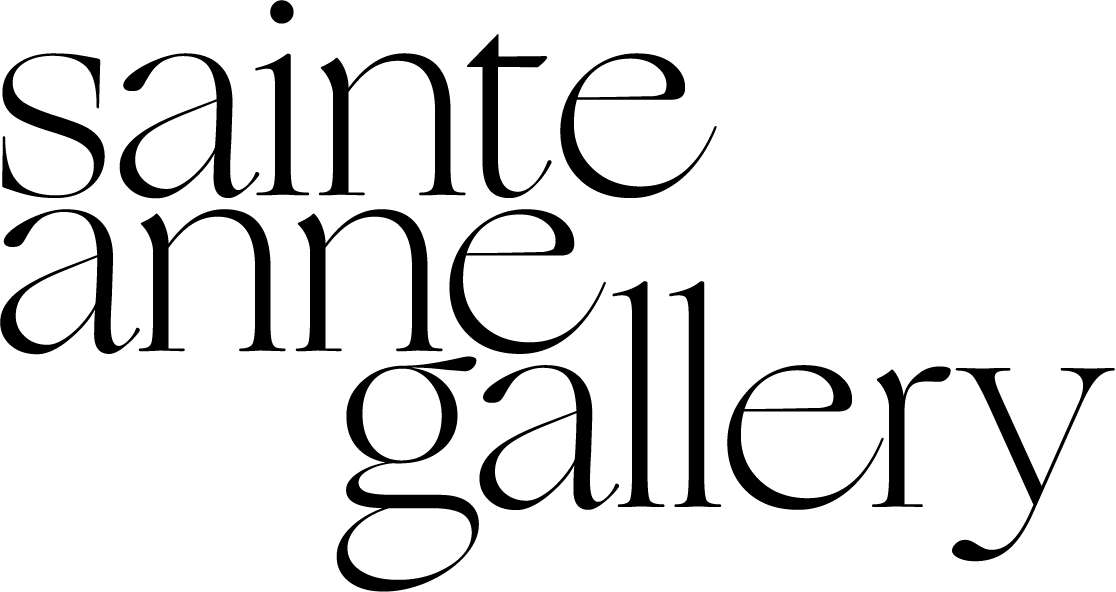


Tutti Frutti: A Fresh Harvest on the Classics
With Panfilo Nuvolone, Jan Frans Van Dael, Artur Silva, Manuel Stehli, Bianca Argimón, Mateo Revillo, Maya Inès Touam, Anastasia Finders
8 — 18 June 2023
The exhibition opens with a Mannerist painting by Panfilo Nuvolone. Two apples and a lemon on a table, a wall blushing with delight and a leaf in the foreground, already dried out from the harvest.
The playful dimension of Mannerism[1], illustrated by the title of the exhibition Tutti Frutti, provides an initial perspective on the works in the exhibition. The two still lifes by the seventeenth-century Italian painter Panfilo Nuvolone and Jan-Frans van Dael, the Flemish painter from the first half of the nineteenth century, are compositions of fruit. The two paintings are on slate and white marble. Jan-Frans van Dael has depicted the pineapple diagonally, painting it like a recently discovered nugget of gold, crowned with a colonnade of acanthus leaves. Originally from South America, the pineapple was imported to Europe by the Colonialists and depicted in paintings as a symbol of exoticism. The first European accounts of Christopher Columbus tasting the fruit date back to the 16th century.
The two paintings are superb, juicy, underlined by the sweet and tangy title of the exhibition. The artists have responded to the paintings. Some of their responses touch the surface of the stone, like a whisper of the fruit of the vine. Others move away from the stone and see the fruit as a sign of multiple histories. The exhibition takes us from the simple delights of citrus fruit to the complexity of our relationships with them.
The artists pull the meshes together to examine the repercussions of imperial conquests on our contemporary societies, the rhythm of agricultural production, the relics brought back and the stories that travel between our territories.
Artur Silva interweaves South American narratives and colonial history. He is presenting a series of photographs entitled Abacaxí. Produced in Lisbon, the series brings together the Monument to the Discoveries, Central Tejo and a pineapple. The confrontation of these two urban spaces and the fruit "emphasizing the pineapple's role as a tangible representation of cultural and resource exploitation"[2]. He also shows sculptures made from nets used to distribute lemons. The fruit is absent, evoked in hollow form. The net, a transitory element that transports, protects and holds, reveals the fragility of our commercial exchanges.
Two drawings by Bianca Argimón zoom in on the mechanized production of oranges. The drawings are not exactly still lifes, except perhaps in a renewed sense. The fruit is still hanging on the tree, and the mechanical arm has not yet reached the orange. Yet one of them has already been gendered and labeled. The disruptive elements of the mechanical arm and the label indicate the constant desire to conform to the norm[3]. The orange is the ultimate trophy, perhaps in that the splendor of the citrus fruit of yesteryear remains unchanged.
Widening the focus, we leave the table, then the house. We follow a clay path, the planting season is beginning, summer is just around the corner, pollination and the harvest to follow. The orchards stretch as far as the eye can see. The subject of Manuel Stehli's diptych of oil paintings on wood is a night landscape waiting for aurora. The composition seems to be staged by the arrangement of objects. Yet this is the hour when the countryside forgets that it is shaped by Man and becomes a subject once again.
On clay soils, hands dig and shape. Mateo Revillo sculpts little allegories that have escaped from paintings. A lemon or a vine leaf is covered with a thin layer of wax, then immersed in water. The clay vanishes and the thin membrane of translucent skin pulsates in the shelter of a box that preserves its essence.
Somewhere between gastronomic tradition and Baroque heritage, Anastasia Finders opens the season with an edible installation. A living décor, a golden vanity, will gradually become a still life, prolonging the gaze.
Suspended in time, a still life is the relic of stories of exchange and migration. The fruits are clues, and the medium that preserves them is a case for a multiplicity of stories. Panfilo Nuvolone and Jan-Frans van Dael's choice of stone magnifies their subjects. Maya Inès Touam's Les Délices du Temps, a wooden retable made up of photographic prints, transcends temporalities and territorialities, so that each object, each fruit brought back, moved, can finally find its place, its aura, this distant which is getting closer, however close it may be[4].
– Alizée Gazeau
[1] Daniel Arasse / [2] Artur Silva / [3] Bianca Argimon / [4] Walter Benjamin
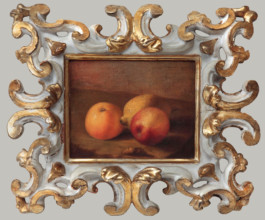
Still life with two apples and a lemon (1620) by Panfilo Nuvolone
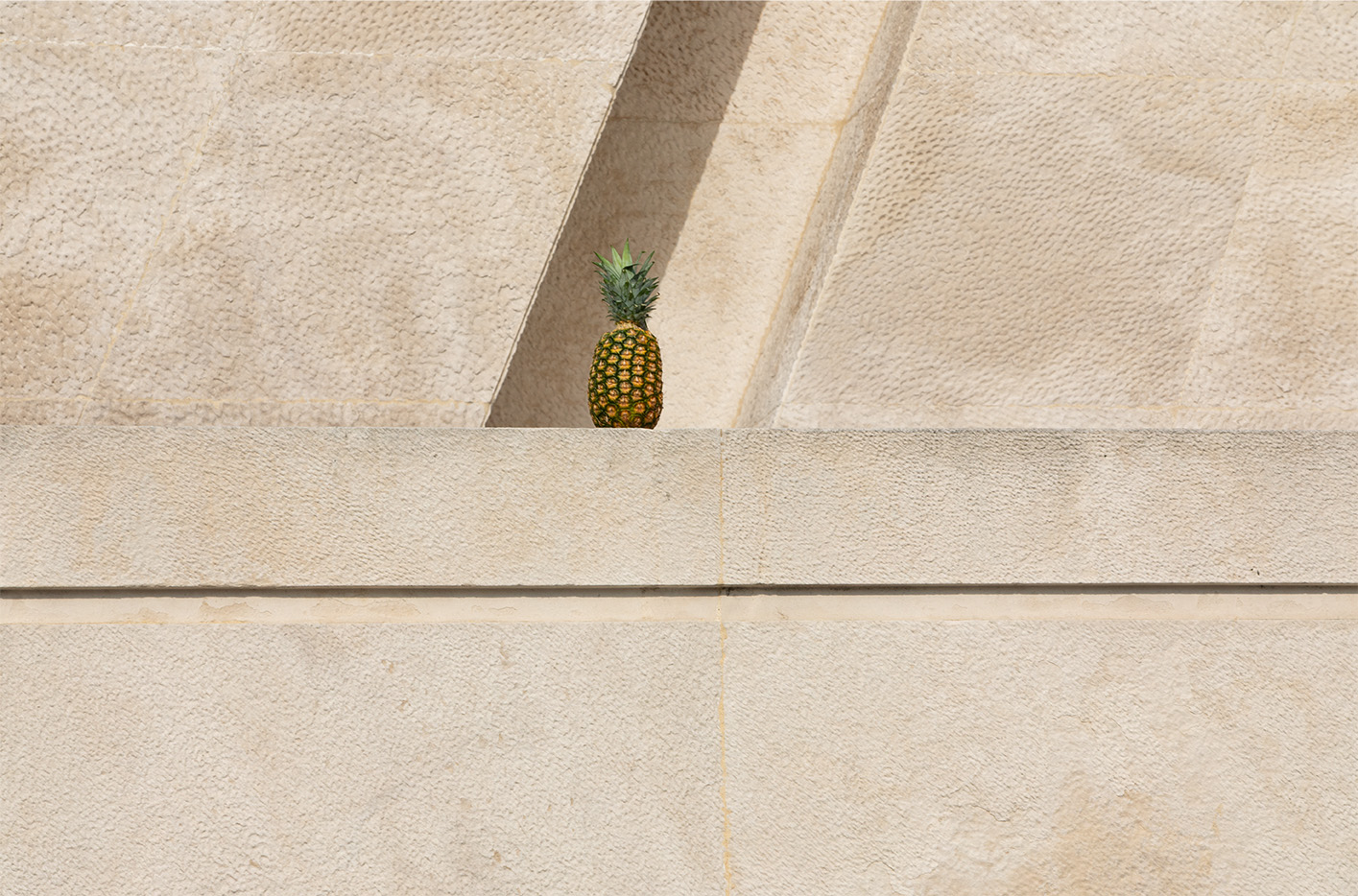
Sweet and Sour 1 (2023) by Artur Silva
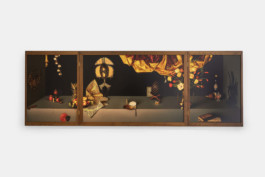
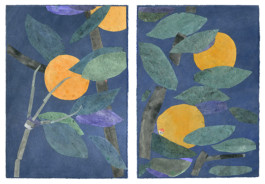
Oranges Bleu (2023) by Bianca Argimon
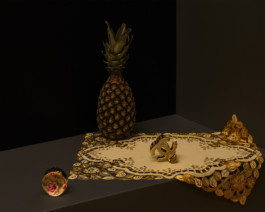
Esquisse Sans titre 5* (2017) by Maya Inès Touam
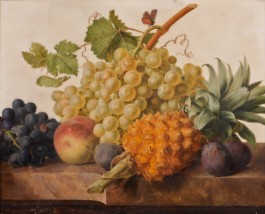
Pineapple, grapes, plums and peach on a red marble ledge (1819) by Jan-Frans van Dael, © Cabinet Turquin
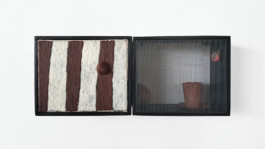
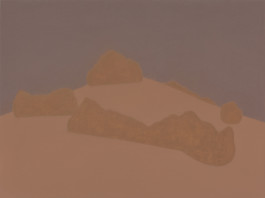
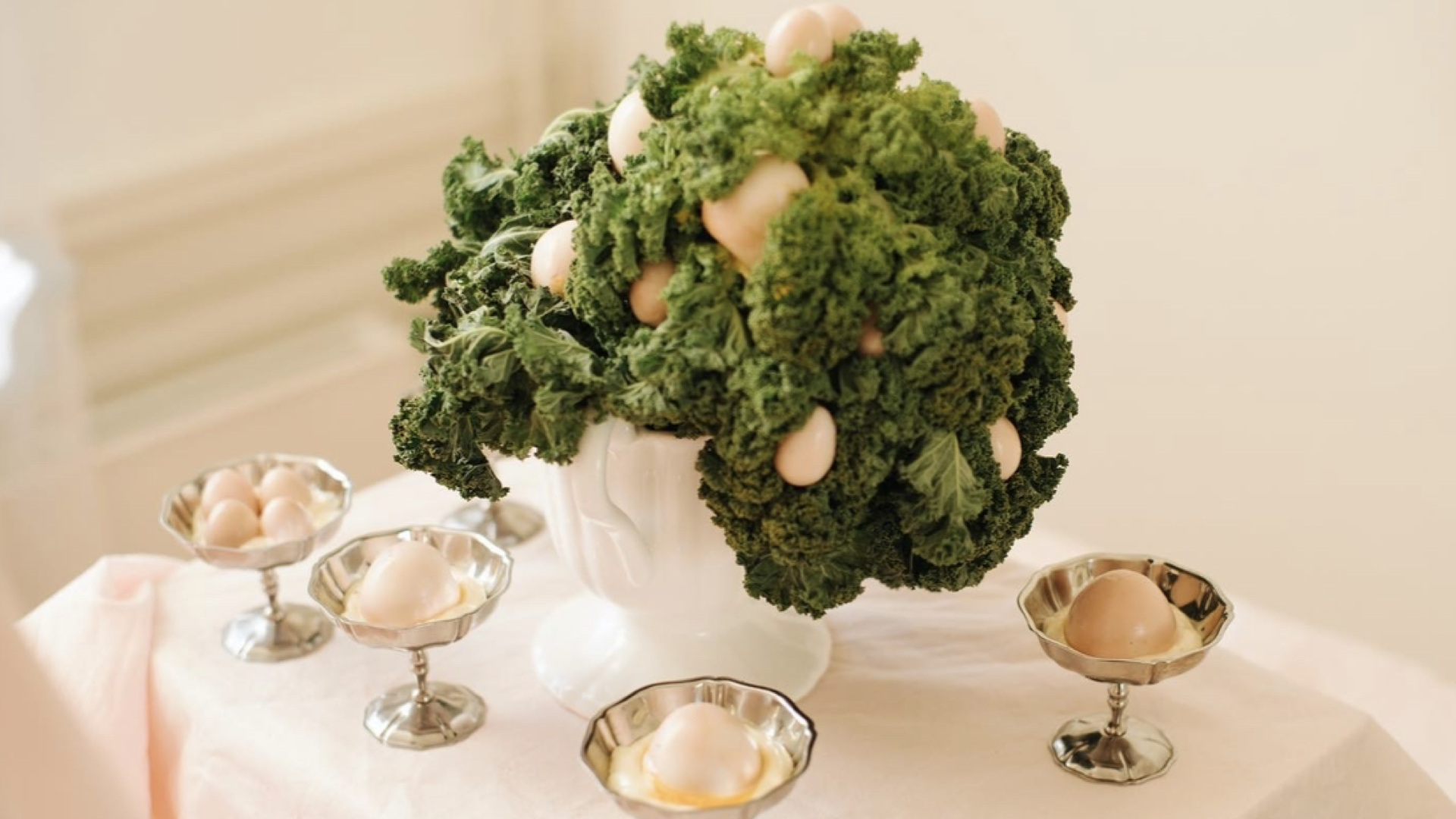
Food art installation by Anastasia Finders